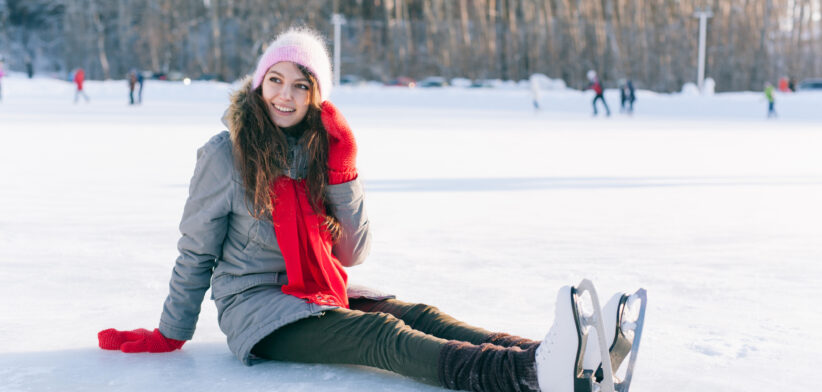Researchers have warned that global warming is creating safety issues for people who play, fish or drive on ice.
At team at York University said warming winters were impacting lake ice thickness and timing, making it potentially unstable and unsafe.
York Postdoctoral Fellow Joshua Culpepper said the changing conditions were creating thinner layers of black ice and sometimes a corresponding thicker layer of white ice – the unstable kind.
“The two combined can make for treacherous conditions for skaters, hockey players, snowmobilers, ice anglers and ice truckers,” he said.
“We know that in general, lake ice is forming later in the season and breaking up earlier, which implies an overall shorter duration of ice cover, but our study looked at what the ice is doing. How is it changing?
“You might get periods of time when people are on the ice and they think it’s safe, but it really isn’t. It’s not sufficiently thick enough given the changes in the quality.”
The researchers said thickness alone was no longer a good predictor of safe ice. If there was too much white ice and not enough black ice, the ice might not be strong enough to hold a person’s weight.
“The lack of consideration for quality ice is already leading to a loss of life,” the research report said.
“In Canada last December, six people, including a couple of teens in Ontario, died within a week plunging through thin ice.
“Two more died in Ontario this February. In Finland, four people died from falling through weak ice in January and February alone, where the average is said to be 18 people annually. In Sweden, 16 people drowned from falling through the ice in 2014 and at least nine in 2021.”
The research paper, Lake ice quality in a warming world, was published in the journal Nature Reviews Earth and Environment.








